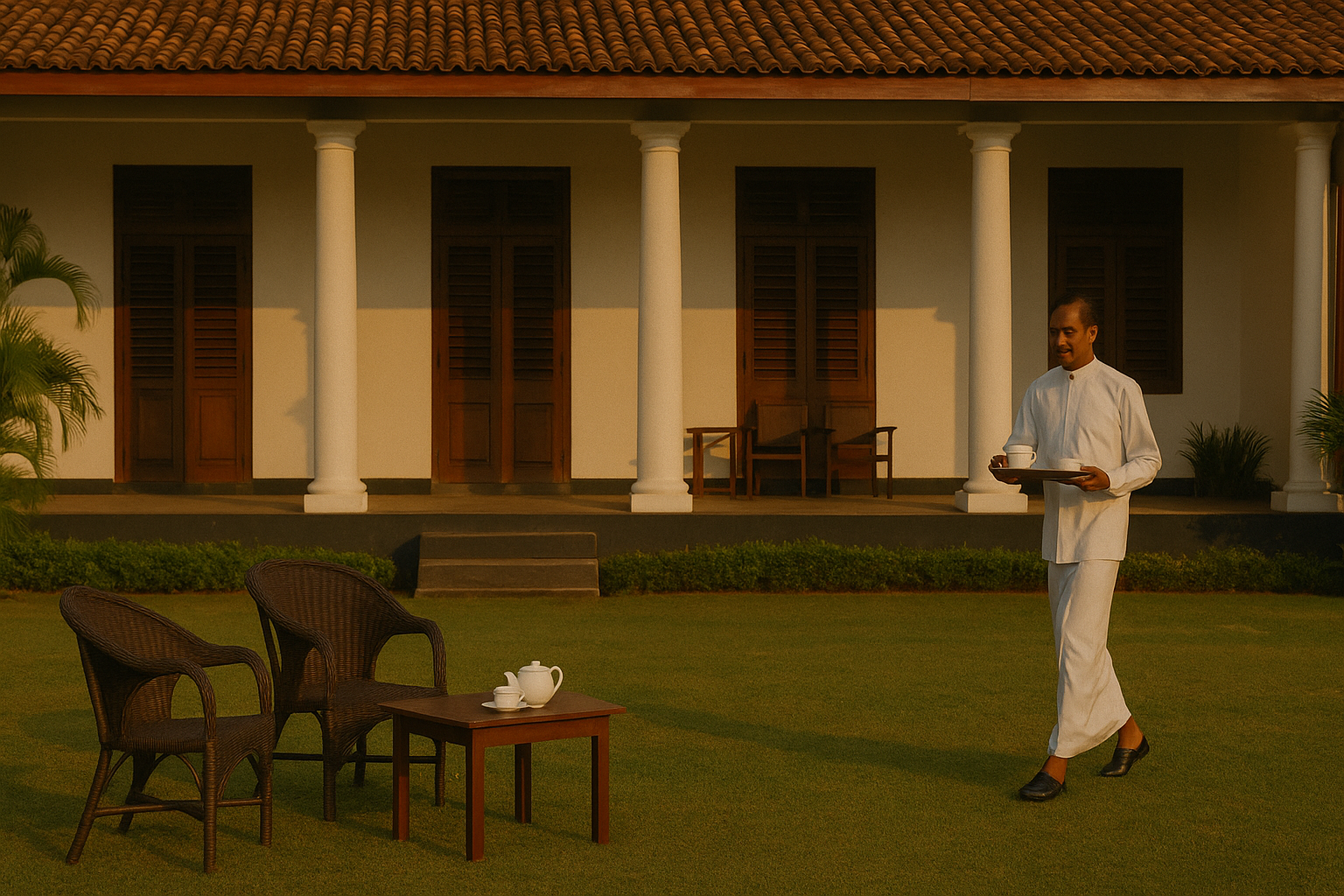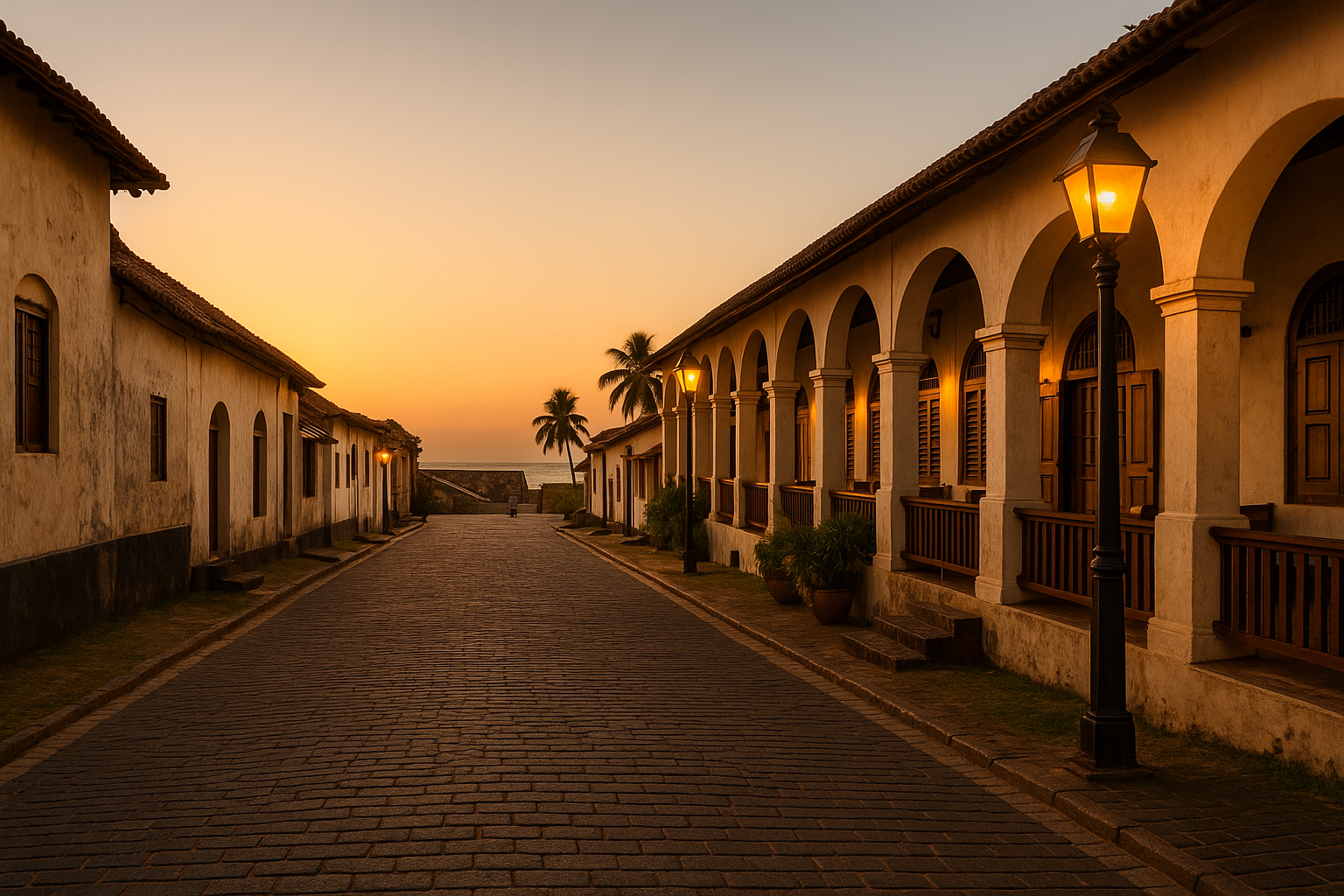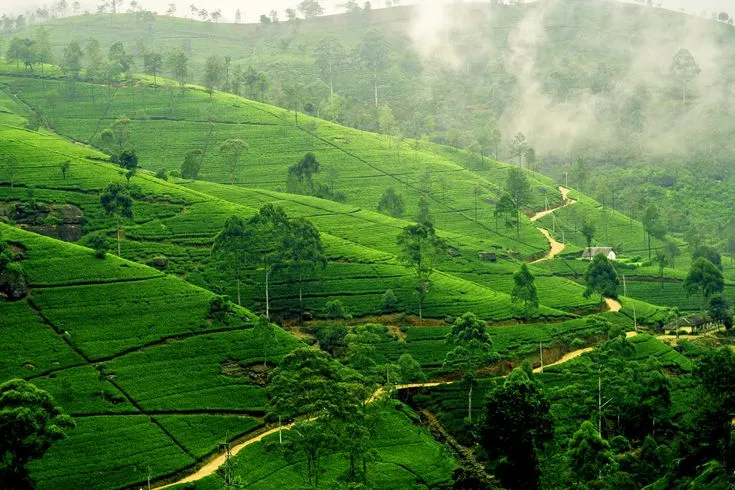Tucked away in the northwestern tip of Sri Lanka lies Kalpitiya, a quiet coastal town that’s steadily gaining a name among adventure seekers and nature lovers(Kalpitiya Diaries). Known for its unspoiled beauty, wide-open skies, and strong ocean winds, Kalpitiya offers an escape from the hustle and bustle of more crowded beach destinations like Mirissa or Unawatuna.
This article takes you through a slow, immersive travel experience in Kalpitiya — from gliding over the turquoise waters on a kiteboard to watching dolphins leap at sunrise, and walking barefoot along peaceful, empty beaches.
Arrival in Kalpitiya: Where Time Slows Down
The drive to Kalpitiya from Colombo takes about 4 to 5 hours. While it’s not the quickest route to paradise, it is certainly worth the journey. The town itself feels frozen in time — a blend of rustic fishing villages, palm-fringed lanes, and simple homes.



As you arrive, the warm wind greets you. The ocean is visible from almost every part of town, and the sky seems to stretch forever. You won’t find big resorts here (yet), but you will find eco-lodges, cabanas, and kitesurfing camps that welcome backpackers, solo travelers, and thrill-seekers.
Kitesurfing Capital of Sri Lanka
Kalpitiya is, without doubt, Sri Lanka’s kitesurfing hotspot. Thanks to consistent winds between May and October (the main kite season), and again from December to March (a secondary season), Kalpitiya Lagoon offers one of the most beginner-friendly kiting destinations in Asia.
If you’ve never tried kitesurfing, this is the place to start. Many kite schools offer beginner packages with professional instructors who guide you through basic control, water starts, and balance techniques. For seasoned kiters, the flat water in the lagoon is perfect for freestyle tricks.
Top spots for kitesurfing in Kalpitiya:
- Kalpitiya Lagoon – Ideal for beginners and freestyle riders
- Donkey Point – A great spot for downwind rides
- Vella Island – A remote kitesurfing haven reachable by boat, with crystal-clear waters and strong winds
Early Morning Dolphin Watching
Another unforgettable experience in Kalpitiya is heading out to sea at dawn to spot dolphins. This region is one of the best places in Sri Lanka to witness large pods of spinner dolphins and bottlenose dolphins gliding, flipping, and playing just a few kilometers off the coast.
Tours typically begin around 6:00 AM. You’ll board a small motorboat and head out into the Indian Ocean as the sky turns orange and pink. The calmness of the sea, the salty breeze, and the sight of 50–100 dolphins swimming alongside the boat is something that stays with you forever.
If you’re lucky, you might even spot a whale or two during migration seasons.
Deserted Beaches and Coastal Solitude
What sets Kalpitiya apart is its quiet, often deserted beaches. Unlike Sri Lanka’s south coast, where beach bars and cafes dominate, Kalpitiya’s shores are still blissfully empty. You can walk for hours along the coast without seeing another soul.
The sand dunes, wind-sculpted and untamed, frame the ocean on one side and the lagoon on the other. At sunset, the entire horizon turns molten gold. Bring a sarong, a book, and a mat — and enjoy the simple pleasure of lying under the shade of a palmyrah tree.



Best beaches in and around Kalpitiya:
- Alankuda Beach – Pristine stretch with calm waters
- Dutch Bay – A hidden gem with gentle waves
- Kudawa Beach – Ideal for a peaceful swim or picnic
Local Flavours: Seafood & Simplicity
Kalpitiya, being a fishing village, serves up some of the freshest seafood in the country. You can enjoy grilled fish, crab curry, prawns, and cuttlefish cooked in fiery Sri Lankan spices(Kalpitiya Diaries). Most eco-lodges offer communal dinners where you can eat with other travelers, sharing stories around a firepit.
Don’t miss:
- Pol sambol & crab curry
- Lunu miris with fresh paratha
- Fried calamari by the beach
For vegetarians, the local produce — jackfruit, mango, lentils, and green leaves — is abundant and flavourful.
Culture, People & Way of Life
Kalpitiya is home to a mix of Muslim, Sinhala, and Tamil communities, living side-by-side. The laid-back rhythm of life here is guided by the sun and the sea(Kalpitiya Diaries). Fishermen haul in their catch at dawn, women gather in front yards to prepare meals, and children fly kites near the mosque towers.
You’ll find hospitality here is not flashy but deeply genuine. Whether it’s a lodge owner offering you tea or a fisherman guiding you to a secret mangrove inlet, the people of Kalpitiya reflect the warm heart of Sri Lanka’s coast.
Kayaking, Snorkeling & Other Quiet Adventures
If kitesurfing feels too extreme, there are gentler water adventures to try. Paddle through mangrove forests on a kayak, or snorkel near coral reefs off the islands (Kalpitiya Diaries). Bar Reef, just offshore, is one of the largest and most diverse coral reefs in Sri Lanka, teeming with marine life.
You can also arrange:
- Boat rides through Puttalam Lagoon
- Sunset kayaking expeditions
- Cycling tours through inland villages
Where to Stay: Rustic Meets Eco-Friendly
Kalpitiya’s accommodation scene is largely dominated by eco-resorts, beach camps, and cabanas made from wood and palm. Many places operate on solar power, serve organic meals, and promote plastic-free tourism(Kalpitiya Diaries).
Recommended stays:
- Dolphin Beach Resort – Luxury eco-living near Alankuda
- Kite Surfing Lanka – For kiting enthusiasts and laid-back vibes
- Bar Reef Resort – Minimalist huts with beach access
- Valampuri Resort – Great mix of comfort and proximity to town
Prices range from budget backpacker rates (~USD 15/night) to mid-range luxury (~USD 70–100/night).
When to Go & Travel Tips – Kalpitiya Diaries
Best time to visit:
- Kitesurfing: May to October
- Dolphin watching: November to April
- General beach holidays: December to March
Travel Tips:
- Carry sunscreen, reusable water bottles, and a windbreaker
- ATMs are limited — carry some cash (Kalpitiya Diaries)
- Public transport is infrequent, so arrange tuk-tuks or local taxis in advance
- Respect local customs, especially in Muslim-majority areas
Final Thoughts: Why Kalpitiya is Worth Your Time
Kalpitiya may not have the party scenes of the south or the tea plantations of the hill country, but what it offers is something different: space, wind, quiet, and connection. It’s the kind of place where you can go to lose track of time, find your balance, and return to nature.
Whether you’re kitesurfing across the lagoon, watching dolphins dance at sunrise, or simply walking along an endless empty beach — Kalpitiya writes itself into your memory gently but deeply(Kalpitiya Diaries).
So the next time you plan a Sri Lankan escape, go north-west.
Let Kalpitiya surprise you.



